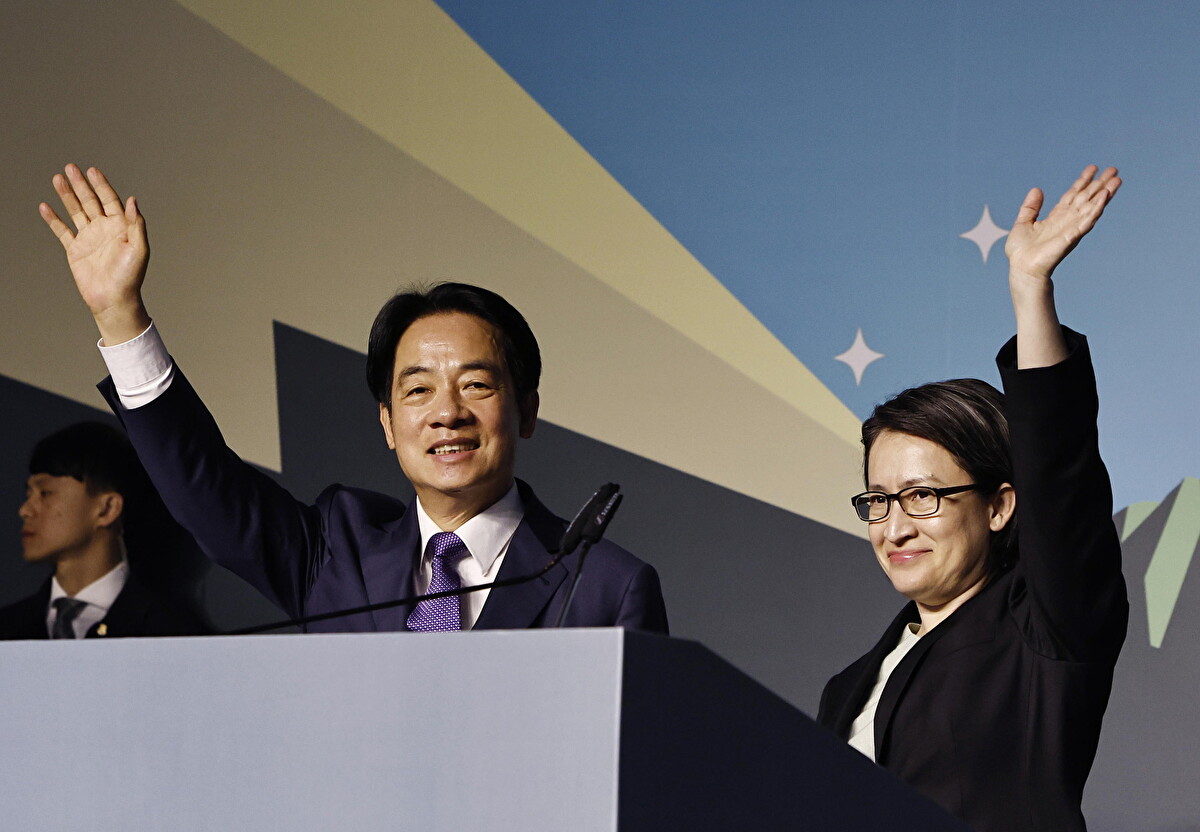The Metropolitan Transportation Authority (MTA) has embarked on a initiative to install surveillance cameras on New York’s highways, a move linked to the proposed $15 congestion toll in Manhattan’s central business district south of 60th Street, potentially as early as May. Motorists, lawmakers, and residents alike reflect deepening concerns over the future of the city’s transportation system.
Key to this plan are license plate readers positioned on FDR Drive and Route 9A/the West Side Highway. These devices monitor vehicles entering or bypassing the toll congestion zone. Although these highways are currently exempt from the congestion toll under state law, the installation of monitoring equipment has raised suspicions among drivers. Many fear this could be a precursor to future tolls on these state highways, a move that would require legislative approval to amend existing laws.
Councilman Joe Borelli (R-Staten Island) has been vocal in his criticism, likening the MTA’s actions to those of a spy agency and expressing concerns over potential future expansions of the congestion zone to include currently toll-free highways. Borelli’s remarks underscore the distrust and skepticism surrounding the MTA’s intentions.
The congestion pricing plan, initially approved in 2019 under former Governor Andrew Cuomo and currently supported by Governor Kathy Hochul, is designed to generate significant annual revenue. Estimated to raise $1 billion annually, the funds are earmarked for financing $15 billion in improvements across the MTA’s various transportation services.
Despite these measures, the proposal has met with stiff opposition. The increasing pushback from lawmakers, especially those running for re-election, reflects the growing discontent with the proposed toll and its potential impacts on daily commuters, as well as the broader transportation landscape in New York City.












